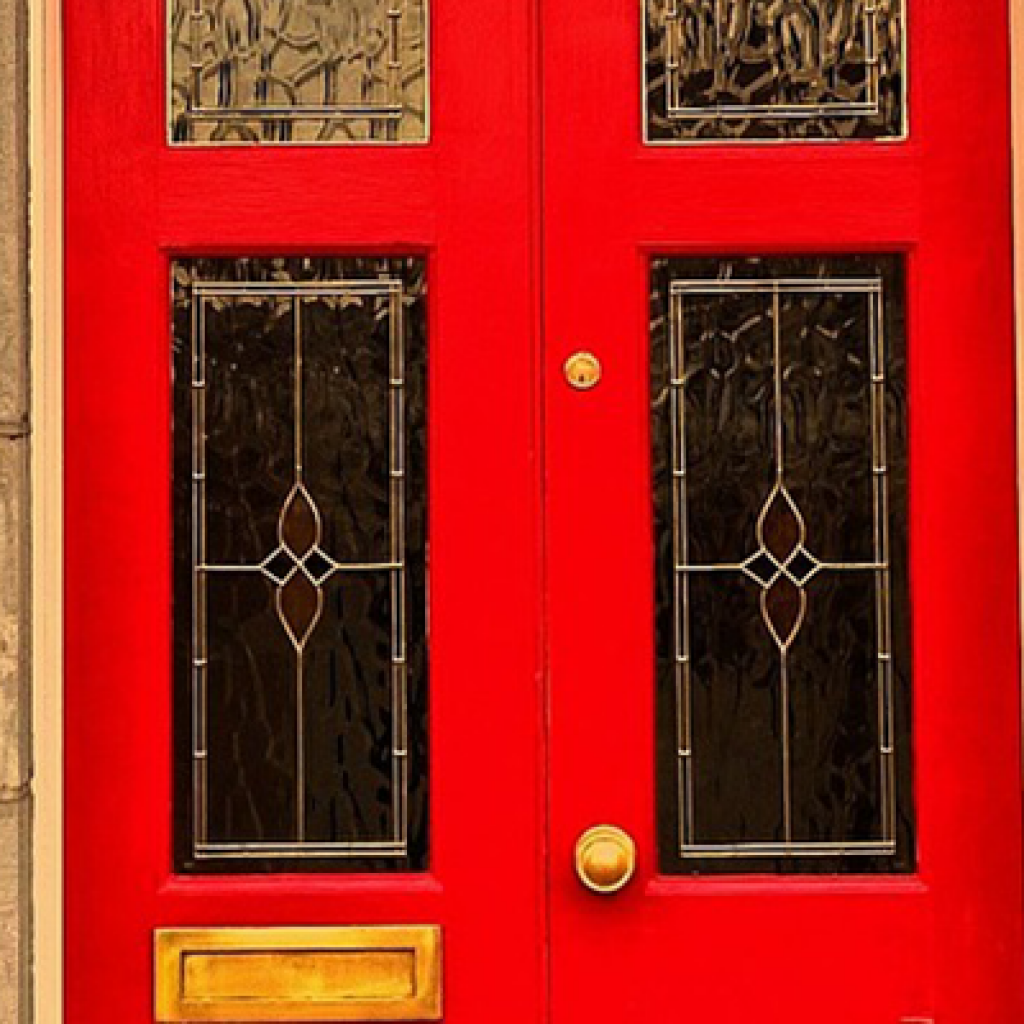In a remote village in Kazakhstan, known as Sleepy Hollow, residents have been unexplainably falling asleep for days at a time. Nearly one in five of the 600 citizens are affected, including children.
It has taken over four years of research, however scientists have recently discovered that radon gas escaping from nearby uranium mines is the cause leaving a deadly legacy for the villagers. Local government officials are even considering relocating the entire village as it is impossible to stop this release of radon gas into the atmosphere.
Radon is a natural gas which is colourless and odourless. It is formed by the radioactive decay of the small amounts of uranium that occurs naturally in all rocks and soils. The elements decay and emit radioactive particles. When inhaled the particles can cause damage in living tissues leading to cancer. There has also been suggestions that exposure to radon increases the risk of leukaemia.
Radon is everywhere in the UK; both outdoors and indoors. In many areas the radon levels are low and the risk to health is small. The darker the colour on the radon maps, the greater the chance of a high radon level in a building. However not all buildings, even in the darkest areas, have high levels as changes in construction techniques have helped to reduce radon levels in confined spaces.
Radon gas is measured in Becquerel’s per cubic metre of air (Bq m-3). The average level in UK homes is 20 Bq m-3. For levels below 100 Bq m-3, your individual risk remains relatively low and not a cause for concern. However, the risk increases as the radon level increases.1
Radon enters the home from the ground through cracks in floors and walls, construction joints, around drains and pipes and through pores in hollow block walls. The concentration of radon can vary depending on the time of year, from day to day and hour by hour.
In November it was announced that 18,000 households in Gloucestershire are to be sent tests where there is a high risk of Radon causing a risk to health. Cornwall, West Oxfordshire and Aberdeenshire also have high levels of the gas and households have already been worked with to reduce their radon levels.
In America radon is a significant enough problem to the public health that they hold National Radon Action Month in January educating the public about the health risks of radon and the need to test homes, commercial buildings and schools across the country. The United States Environmental Protection Agency estimates that every year an estimated 21,000 lung cancer deaths are caused by Radon.
We are all exposed to radiation from natural and man-made sources. Just 20 Bq m-3 (the average radon level in UK homes) gives us half our exposure to radiation. If the area in which we live has a high radon level then our exposure increases, that is why it is important to find out the levels in your home and in your school or workplace in order to protect our family from the carcinogenic radon.
Both environmental and local searches comment on Radon gas levels in the vicinity of the property being searched against, but how much do homebuyers really know about Radon and do they really appreciate the importance of these results?
References
1http://www.ukradon.org/information/whatisradon




















